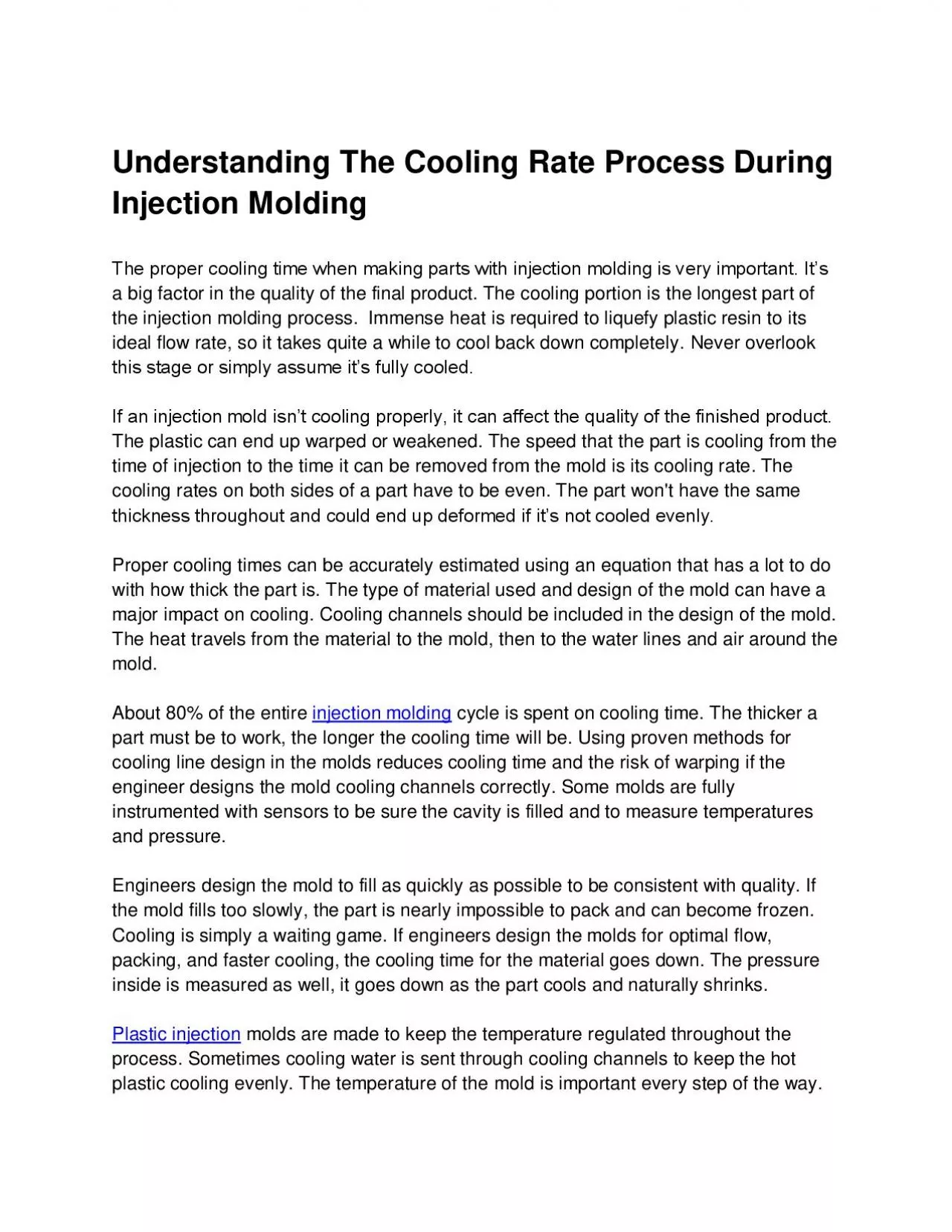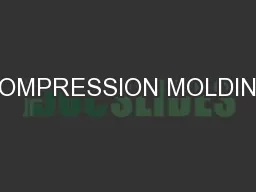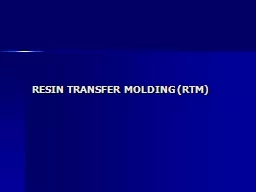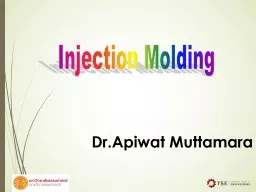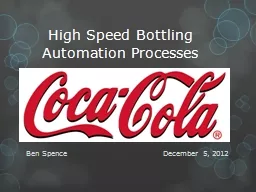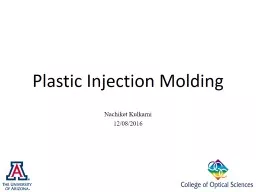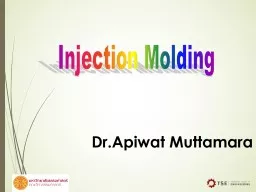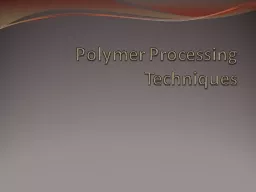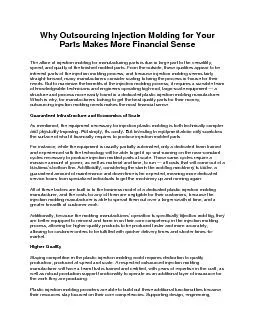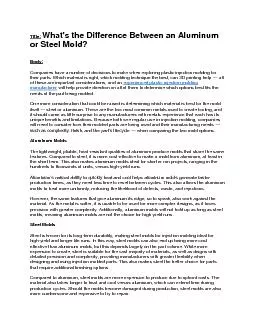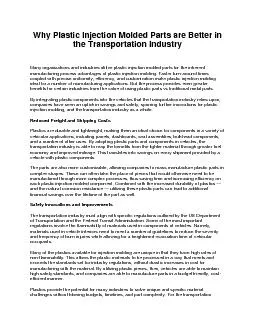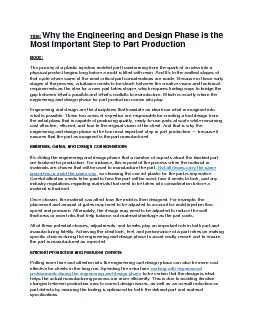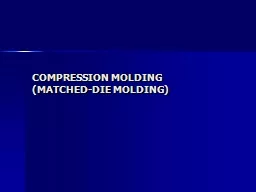PDF-Understanding The Cooling Rate Process During Injection Molding
Author : plasticinjectionmolding | Published Date : 2021-05-11
The proper cooling time when making parts with injection molding is very important Its a big factor in the quality of the final product Visit httpswwwhansenplasticscom
Presentation Embed Code
Download Presentation
Download Presentation The PPT/PDF document "Understanding The Cooling Rate Process D..." is the property of its rightful owner. Permission is granted to download and print the materials on this website for personal, non-commercial use only, and to display it on your personal computer provided you do not modify the materials and that you retain all copyright notices contained in the materials. By downloading content from our website, you accept the terms of this agreement.
Understanding The Cooling Rate Process During Injection Molding: Transcript
Download Rules Of Document
"Understanding The Cooling Rate Process During Injection Molding"The content belongs to its owner. You may download and print it for personal use, without modification, and keep all copyright notices. By downloading, you agree to these terms.
Related Documents

